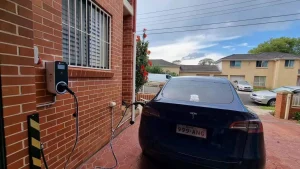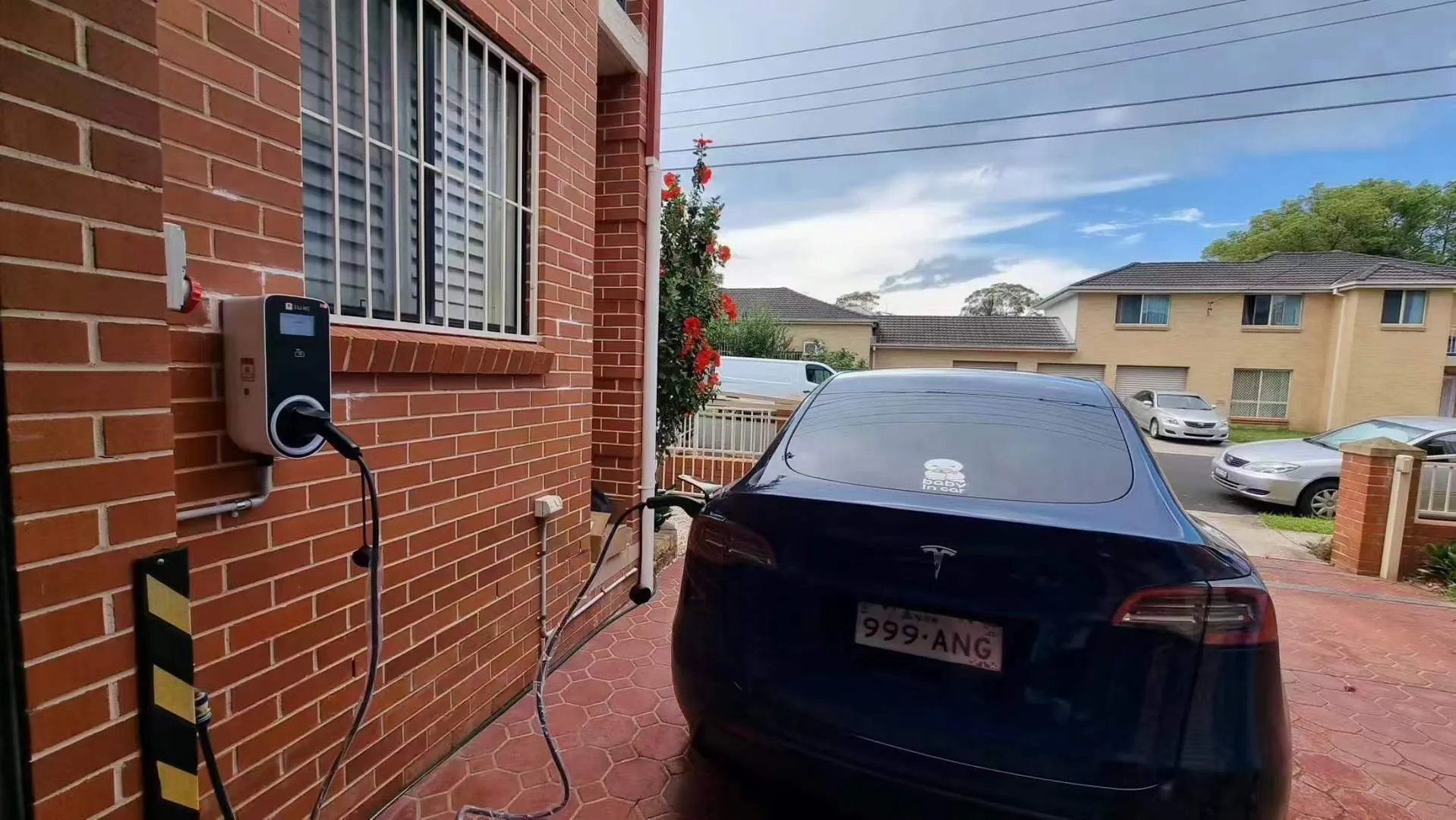As electric vehicles (EVs) gain popularity for their environmental benefits and lower operating costs, a common question among prospective buyers is, “How long does it take to charge an electric car?” Unlike refueling a gas-powered vehicle, EV charging takes longer and varies significantly, from 20 minutes to over 40 hours. This article explores charging levels, factors affecting charging time, and practical tips to help readers understand and manage EV charging effectively.

Understanding Charging Levels
EV charging is categorized into three main levels, each with distinct power sources, speeds, and use cases. Here’s a detailed breakdown:
Level 1 Charging
- Power Source: Standard 120V household outlet.
- Typical Power Output: 1 kW.
- Charging Time:
- Plug-in Hybrid Electric Vehicle (PHEV): 5-6 hours to full.
- Battery Electric Vehicle (BEV): 40-50 hours to full.
- Best Use: Overnight charging or for drivers traveling less than 40 miles daily.
- Notes: Level 1 is the slowest but requires no additional equipment, making it ideal for short commutes. It uses the standard J1772 connector, compatible with nearly all U.S. EVs.
Level 2 Charging
- Power Source: 240V outlet (similar to those used for electric dryers).
- Typical Power Output: 7-19 kW.
- Charging Time:
- PHEV: 1-2 hours to full.
- BEV: 4-10 hours to full.
- Best Use: Daily charging at home or workplaces.
- Notes: Level 2 is the most common home charging option, requiring a dedicated 240V circuit, which may cost thousands to install. About 75% of public charging stations are Level 2, often found at malls, offices, or parking lots.
DC Fast Charging (Level 3)
- Power Source: 400-1000V direct current.
- Typical Power Output: 50-350 kW.
- Charging Time:
- BEV: 20 minutes to 1 hour to 80%.
- Best Use: Long-distance travel or quick top-ups.
- Notes: DC fast charging is the quickest option at public stations, commonly located along highways or in urban areas. Most PHEVs do not support fast charging. Tesla Superchargers can add about 200 miles of range in 15 minutes for Tesla vehicles and, as of 2024, are open to other brands.
The table below summarizes charging levels and times:
| Charging Type | Voltage | Typical Power Output | PHEV Charge Time (from empty) | BEV Charge Time (from empty) | Range Added per Hour | Typical Locations |
|---|---|---|---|---|---|---|
| Level 1 | 120V AC | 1 kW | 5-6 hours | 40-50 hours | 2-5 miles | Home |
| Level 2 | 208-240V AC | 7-19 kW | 1-2 hours | 4-10 hours | 10-20 miles | Home, workplace, public |
| DC Fast Charging | 400-1000V DC | 50-350 kW | Not applicable | 20 min-1 hour (to 80%) | 180-240 miles | Public |
Note: Charging speeds vary based on charger condition, ambient temperature, battery capacity, and vehicle condition.
Factors Affecting Charging Time
Charging times vary due to several factors:
- Battery Capacity: Larger batteries (e.g., 60 kWh) take longer to charge than smaller ones (e.g., 40 kWh).
- Charger Speed: Fast chargers (e.g., DC fast chargers) are significantly quicker. For example, a 50 kW fast charger can add about 100 miles of range in 35 minutes.
- Battery State: Charging from empty to full takes longer than from half-full. Most EVs slow charging above 80% to protect the battery.
- Vehicle’s Maximum Charging Rate: Each EV has a maximum charging rate, which may be lower than the charger’s output. For instance, a vehicle limited to 150 kW won’t fully utilize a 350 kW charger.
- Weather: Extreme temperatures, particularly cold, reduce charging efficiency. An EV’s thermal management system may slow charging in extreme weather.
Practical Tips for EV Owners
To optimize your charging experience, consider these tips:
- Choose the Right Charger: Drivers traveling less than 40 miles daily can use Level 1 charging, relying on overnight charging for about 40-50 miles of range. Long-distance drivers should invest in a Level 2 charger for faster, more convenient charging.
- Plan Charging Times: Charge overnight or during extended parking, such as at home or work, to start each day with a full battery. Use the AFDC Station Locator to plan charging stops for long trips.
- Use DC Fast Charging Sparingly: Reserve fast charging for long trips or emergencies. Frequent fast charging may accelerate battery degradation. Default to Level 1 or Level 2 for daily use.
- Maintain Battery Health: Keep battery charge between 20%-80% to avoid frequent full discharges or overcharging, extending battery life. Most EVs charge less efficiently below 20% or above 80%.
- Know Public Charging Options: Familiarize yourself with nearby public charging stations, especially DC fast chargers. Level 2 stations are common at locations where you park for 1-2 hours, like malls or offices. Download charging network apps (e.g., ChargePoint) for authentication and payment at fast chargers.
- Leverage Tesla’s Network: Tesla owners or compatible EV users can use Tesla Superchargers for fast, reliable charging. Non-Tesla owners may need an adapter to access these stations.
- Consider Temperature Effects: Charging may take longer in extreme weather. Choose covered charging stations when parking to minimize temperature impacts on battery performance.
Conclusion
Understanding EV charging times is essential for prospective and current EV owners. Charging times range from 20 minutes with DC fast charging to over 40 hours with Level 1, depending on the charging level, battery capacity, and environmental conditions. By selecting the right charger, planning charging times, and following battery health tips, you can effectively manage your EV’s charging needs. While charging takes longer than refueling, the convenience of home charging and the expanding public charging network make EVs a sustainable choice for modern transportation.
Key References
- U.S. Department of Transportation: EV Charging Speeds
- NerdWallet: How Long to Charge an Electric Car
- Tesla: Supercharger Network
- Alternative Fuels Data Center: Station Locator
- ChargePoint: Electric Vehicle Charging Network


